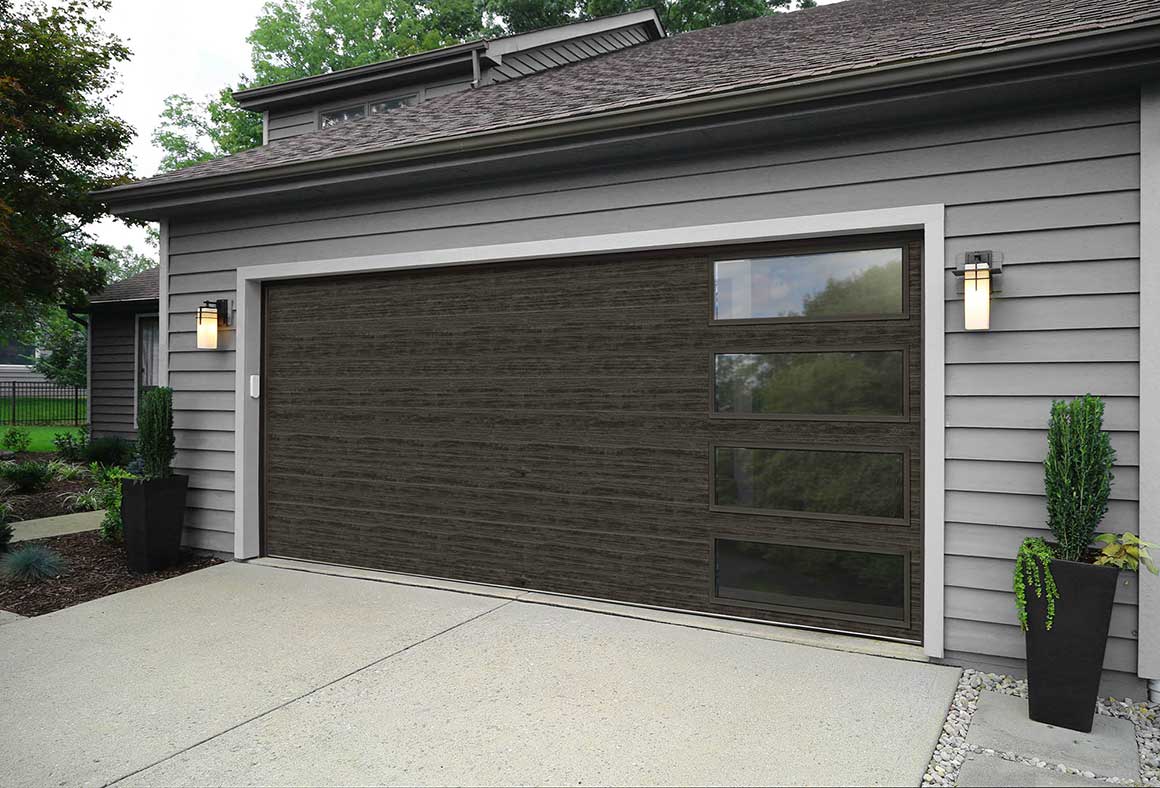However, let's dive a bit deeper, garage doors could be found; beneath the primary floor level of a house, within an attached or detached garage or at a different freestanding structure such as a massive barn or shed.
For more details, about the residential garage door, you may go through www.snapongaragescreen.com/.

Image Source: Google
When replacing a doorway beneath a house or company we constantly advocate insulated doors since the doors will create a direct difference to the relaxation of this living/working area over.
Let us face it, most of us reside in the North East and insulated metal doors are essentially the only thing to do if you have any hope of controlling your electricity bills!
There are several different insulating material values to pick from. Insulated worth for residential garage doors may vary from a low of 6 to as large as 19. The best method to generate the selection process simple is to comprehend the building of your garage.
Most garages and garage door set up walls were still built today with average 2×4 structure. Average 2×4 fiberglass insulation that's used now provides the typical two ×4 framed walls a 13 worth.
For garages that are attached and not insulated or even for detached or freestanding garages/sheds, we still recommend a steel insulated door, however with a lower insulating value. We do this for two reasons;
A garage door with a respectable insulating value will help keep the door operation quiet, most un-insulated garage doors sound like huge bags of hollow tin cans rolling around.
The insulation generally makes the garage door more rigid and durable. If you decide to use the cheapest, non-insulated door on your shed or garage, the locking system and feather-light weight of the door could come back to haunt you.